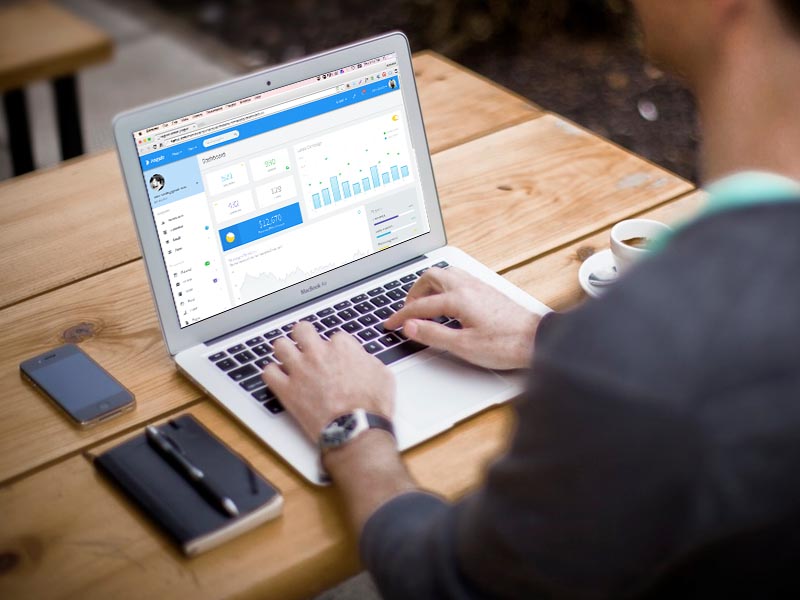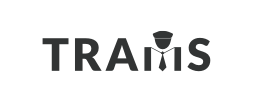
The goal of the project was to create a system for the bus transport industry to allow them to track their ticket sales and create analytical tools to understand the state of their busines
The goal of the project was to create a marketplace both on the web and on mobile that people can use to upload and watch videos of what people are selling. It sounds easy enough if you're Facebook, Google or Instagram where you have billions backing you up to host, serve and distribute these contents. Unfortunately, everyone's war chests aren't created equally.
Problem: The biggest challenge for us is creating a solution that was both mobile and usable on the PC, it had to work seamlessly day in and day out, connecting each of the vehicles to their terminal network which could go from 50 to 1,000 kilometers end to end. On top of that, any technology that we provided needed to be working 99% of the time when deployed. Another problem the transport industry needed from us was to understand their metrics. They needed to know how to make use of their data, let alone gather them. And as if that wasn't enough - no internet. In this day and age.
Solution: We created everything plus the kitchen sink at this one. We had to rely on a strong foundation that allowed us easy synching of data. We had to start at the very core - we had to use hardware that was customised to our needs. We had units built to our specifications but more than that, we needed control and access to the ROM. This allowed us granular control of the inner workings of the hardware device.
Next, we needed the flexibility online and offline. For that we used Couch DB, it is no-sql database that allowed us granular manipulation of data and gave us the ability to control every bit of data transaction that we could get - when the internet was available.
Then we needed to create our own local area network. We had to create our own browser - yes we did. Played around with the router firmware so we could make it play nicely with the hardware device that we used to gather data.
Now that we've put these things together, the whole platform will synchronise their data and play nicely. This will then get uploaded into our data center where we use big data manipulation and various map-reduce techniques to create our analytics.





